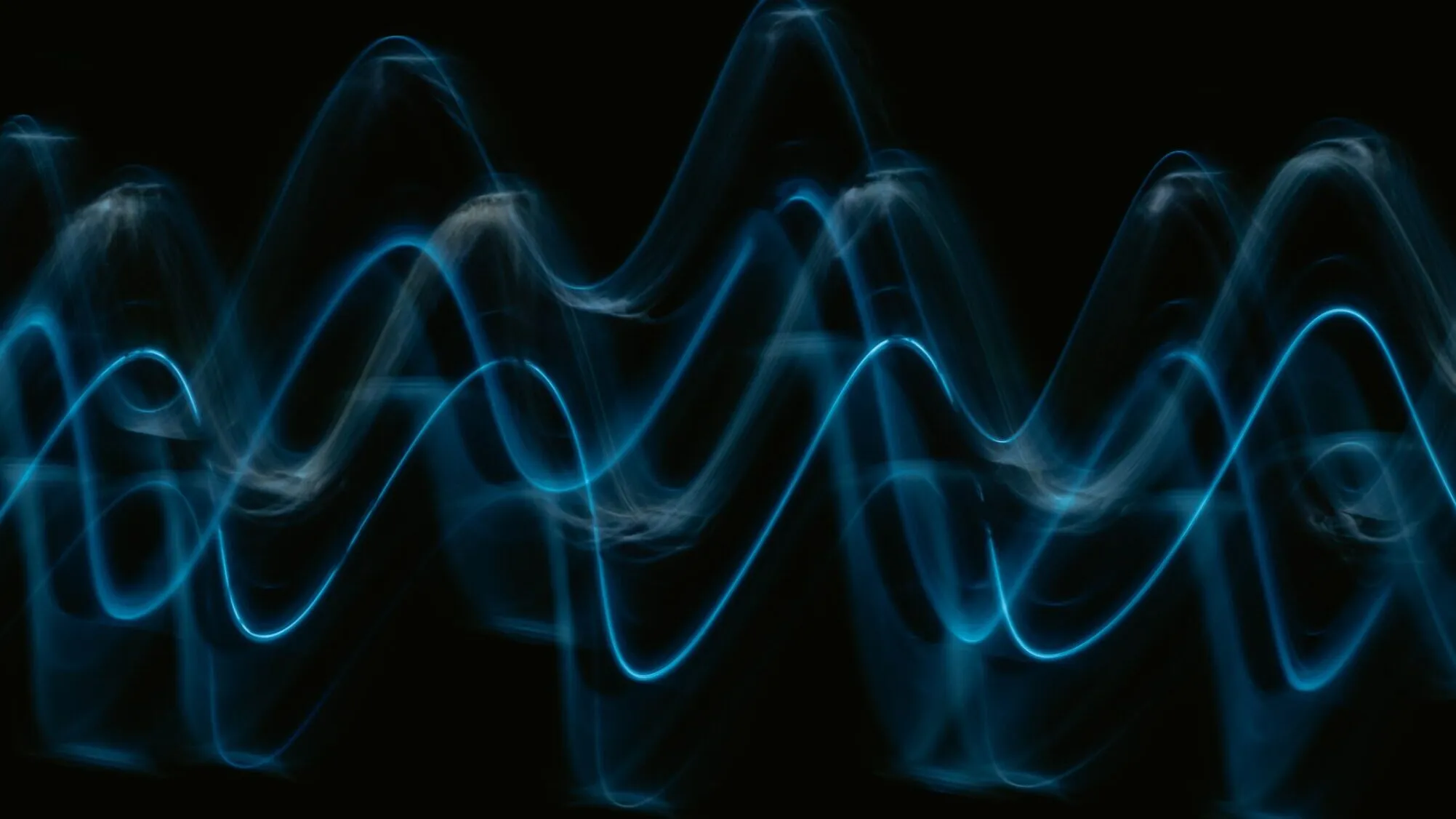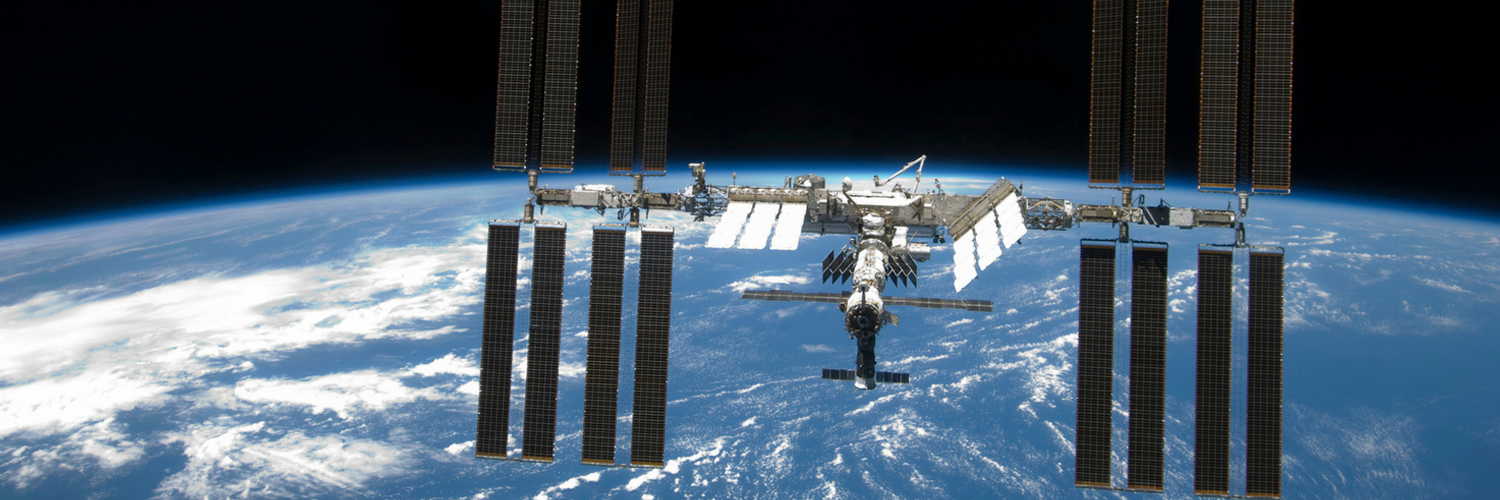Inside Earth’s Fury: Decoding Lava, Ash, and Eruptions
Volcanic eruptions manifest in various forms, from slow, predictable flows to sudden, explosive events. The processes behind these powerful natural phenomena involve intricate interactions between subterranean rock movements and surface conditions.
Understanding Magma Composition
Magma, the molten rock beneath Earth's surface, is the starting point for every volcanic event. Its composition largely determines the nature of volcanoes and their eruptions. Key components like silica content influence the fluidity of magma, with silica-rich magmas being more viscous. This viscosity traps gases, often leading to explosive eruptions as they burst free. In contrast, less viscous basaltic magmas allow gases to escape more easily, resulting in gentle effusions of lava. Analyzing the erupted materials, including their chemical signatures, helps scientists gauge the conditions and processes within the Earth. This analysis is vital for understanding potential volatile components that could trigger a catastrophic event.
The Role of Volcanic Gases
The ascent of magma is closely tied to volcanic gas dynamics. Gases are initially dissolved under high pressure but expand as magma rises, potentially leading to explosive eruptions if trapped by viscous magma. Water vapor, carbon dioxide, and sulfur dioxide are among the most prevalent gases released, each playing a role in eruption mechanics and environmental impact. For instance, sulfur dioxide can form aerosols in the atmosphere, temporarily cooling global temperatures but also contributing to acid rain. This illustrates the dual nature of volcanic gases in influencing both immediate climatic conditions and longer-term impacts.
Different Types of Eruptions
Volcanic eruptions can be broadly categorized as effusive or explosive, determined largely by magma characteristics and gas content. Effusive eruptions entail the outpouring of lava that forms expansive flows, commonly building shield volcanoes, while explosive eruptions project ash, gas, and fragmented rock into the atmosphere. These explosive events can form complex structures such as stratovolcanoes and pyroclastic flows. Understanding these patterns not only helps predict the potential impact on human settlements but also informs emergency response strategies. The role of external factors, such as water interaction during eruptions, further complicates these natural processes.
Beneath the Crust: Unraveling the Mysteries of Volcanic Activity
Volcanoes' inner workings and the processes occurring miles beneath our feet are subjects of intense study. This understanding is crucial for anticipating eruptions and minimizing their threats.
Magma Chambers: The Molten Reservoirs
Magma chambers sit beneath volcanoes as reservoirs of molten rock, serving as preparation zones for eruptions. The characteristics of these chambers—size, pressure, and shape—vary widely and influence volcanic behavior. Studying magma chambers using seismic and geodetic data helps scientists assess the potential for eruptions. These chambers are dynamic, with magma constantly renewing through ascending rocks and gases. Insights into the interactions between the chambers' walls and the rising magma offer clues about the earthquakes and deformations observed on the surface.
Plate Tectonics and Volcanism
Tectonic plate interactions are primary drivers of volcanic activity. Most volcanoes align with these boundaries due to the stresses and conditions favoring magma generation. Subduction zones, where one tectonic plate slips beneath another, facilitate the melting of the mantle and form magma that can lead to eruptions. The Ring of Fire, a collection of subduction zone volcanoes, exemplifies this dynamic. Moreover, divergent boundaries, or rift zones, also contribute by thinning the crust, thus allowing magma ascent. Understanding these underlying processes and locations helps prioritize and refine monitoring efforts.
Monitoring Volcanic Activity
Predicting eruptions hinges on precise monitoring techniques, featuring seismometers, GPS, and satellites. Seismometers capture the earthquakes caused by moving magma, while GPS detects ground deformations—subtle shifts in the Earth's surface indicating magma pressure. Satellites provide a wider view, identifying thermal anomalies and surface changes. By integrating multi-source data, scientists construct models that forecast possible volcanic behavior, thereby offering critical windows for evacuation and safety measures.
The Role of Plate Boundaries in Volcano Resurrection
Plate boundaries play an essential role in the lifecycle of volcanoes, from rumble to quietude, affecting magma generation, ascent, and chamber reactivation.
Earth’s Secret Pressures: Understanding Magma Intrusions
Magma chambers, essential to volcanism, can be reactivated by the forces acting at plate boundaries. These pressures and movements determine the nature of volcanic eruptions and help elucidate how these vast reservoirs influence supervolcano formation. According to the US Geological Survey, magma chambers are crucial for both effusive and explosive eruptions, depending on how fast magma ascends. Studying these dynamics informs us of potential supervolcanic systems, forewarned by long-lived magma chambers under strain from tectonic activities.
The Dynamic Action of Plate Boundaries
Various boundary types—convergent, divergent, or transform—impose distinctive stress patterns that either halt or hasten volcanic activity. Convergent boundaries, often associated with destructive volcanism, and divergent boundaries, where plates separate, exemplify the environments conducive to magma ascent and resultant supervolcanoes. Understanding these interactions helps with disaster preparedness, especially in complex boundary zones where formidable volcanic systems can arise.
Plate boundaries, therefore, are more than fault lines; they are pivotal in the story of volcanism, driving the lifecycles and potential resurgence of these fiery giants. By studying these dynamic processes, scientists better understand how to protect against disaster and harness Earth's boundless energy.
Q&A
-
What is the role of magma chambers in volcanic eruptions?
Magma chambers are underground reservoirs filled with molten rock beneath the Earth's crust. They play a crucial role in volcanic eruptions by acting as storage areas where magma accumulates. Over time, pressure builds within these chambers due to the continuous influx of magma. When the pressure exceeds the strength of the surrounding rock, it can cause the rock to fracture, leading to an eruption as the magma is expelled to the surface.
-
How do different types of eruptions relate to the composition of lava?
The composition of lava significantly influences the type of volcanic eruption. For instance, basaltic lava, which is low in silica, is typically associated with effusive eruptions that produce widespread lava flows. In contrast, andesitic or rhyolitic lavas, which have higher silica content, are more viscous and can lead to explosive eruptions due to the trapped gases. These differences in lava composition affect the eruption style, ranging from gentle flows to violent explosions.
-
Why is volcanic ash considered hazardous, and what are its potential impacts?
Volcanic ash is hazardous because it consists of tiny, abrasive particles that can travel long distances in the atmosphere. It poses a threat to aviation safety by damaging aircraft engines and reducing visibility. On the ground, ash can cause respiratory issues in humans and animals, contaminate water supplies, and damage crops and infrastructure. Its widespread distribution during eruptions can lead to significant environmental and economic impacts.
-
What is the significance of plate boundaries in volcanic activity?
Plate boundaries are crucial in volcanic activity as they are zones where Earth's tectonic plates interact. There are three main types of plate boundaries: divergent, convergent, and transform. Divergent boundaries, where plates move apart, allow magma to rise and form new crust, often resulting in volcanic activity. Convergent boundaries, where one plate subducts under another, are associated with some of the most explosive volcanoes due to the melting of subducted material. Transform boundaries, however, are less commonly associated with volcanism.
-
How do supervolcanoes differ from regular volcanoes, and what are their potential effects on the planet?
Supervolcanoes differ from regular volcanoes primarily in their magnitude and potential impact. They are capable of producing eruptions thousands of times larger than typical volcanic eruptions, releasing vast amounts of ash and gases into the atmosphere. Such an eruption could lead to significant climate change by blocking sunlight and lowering global temperatures. The aftermath could include widespread agricultural failure, economic disruption, and long-term environmental changes, making supervolcanoes a significant concern for global safety and stability.








